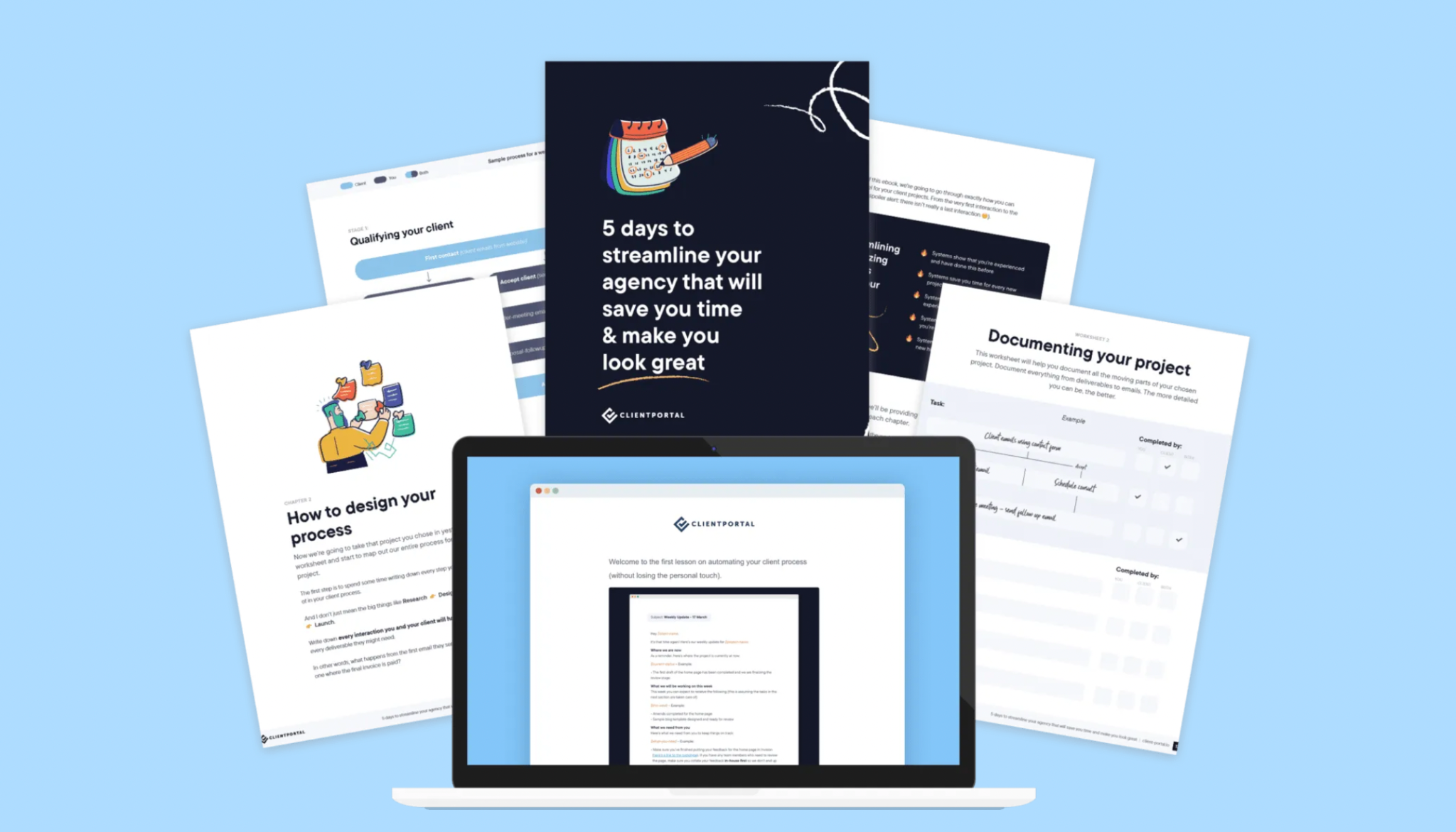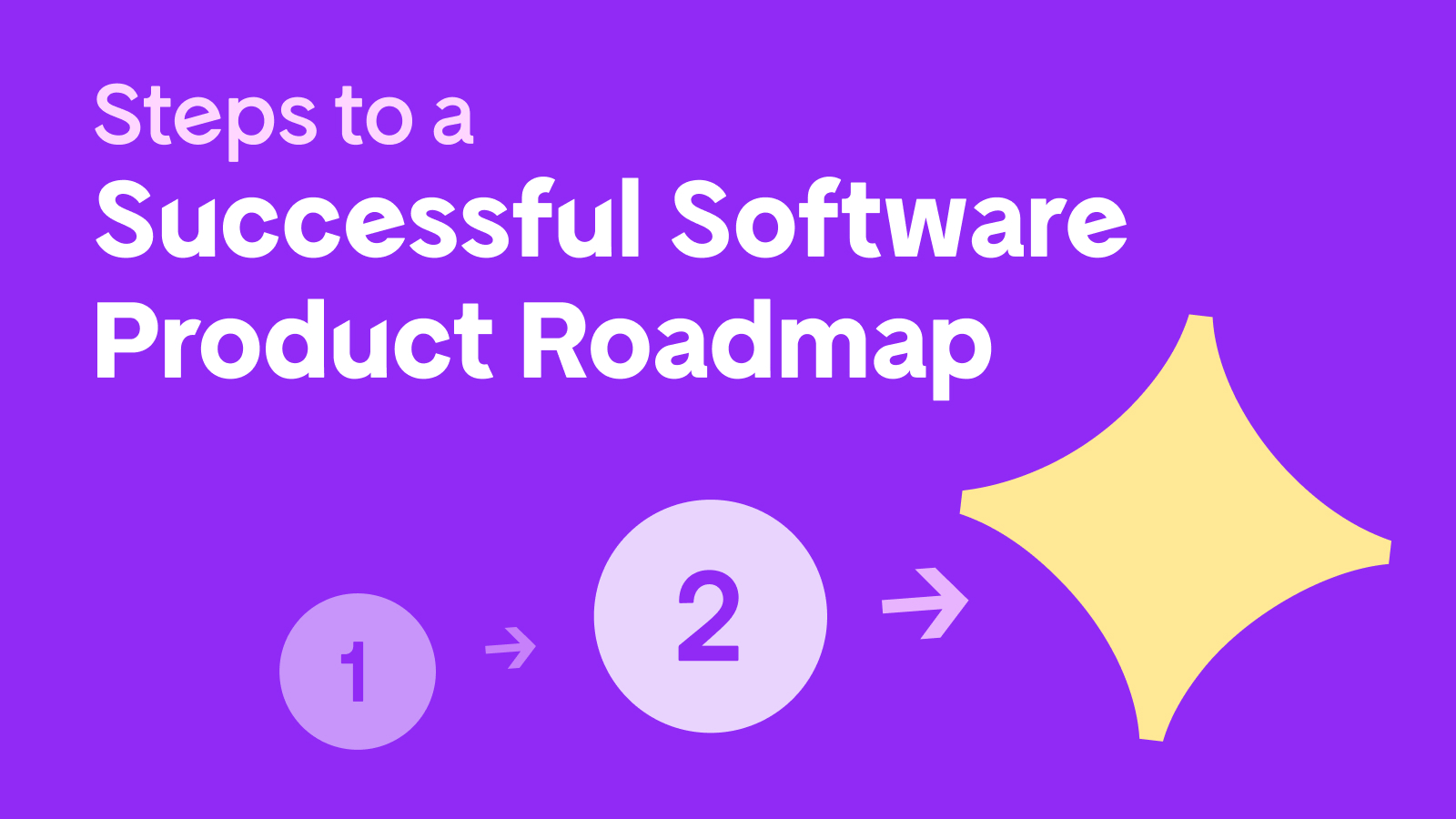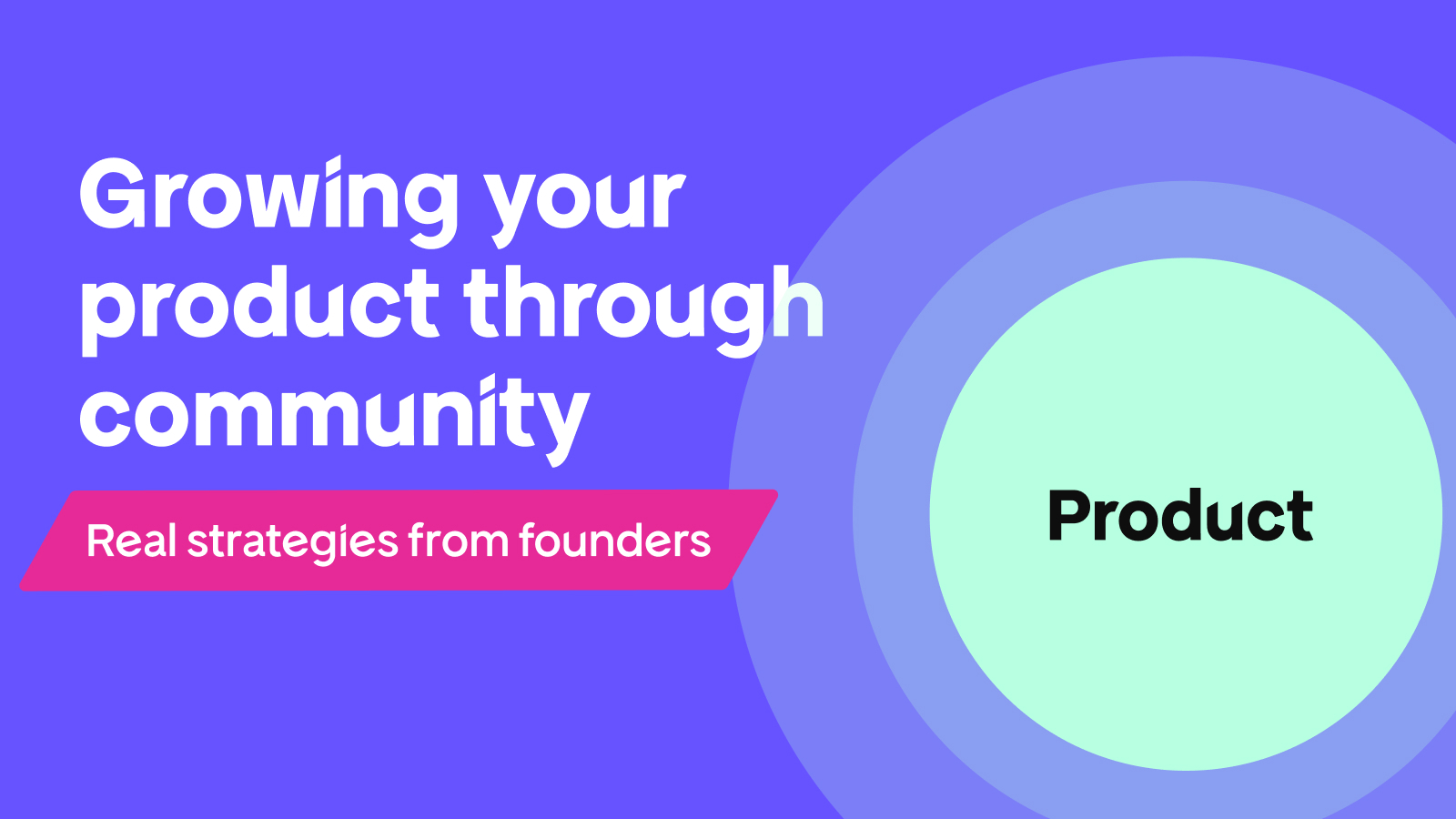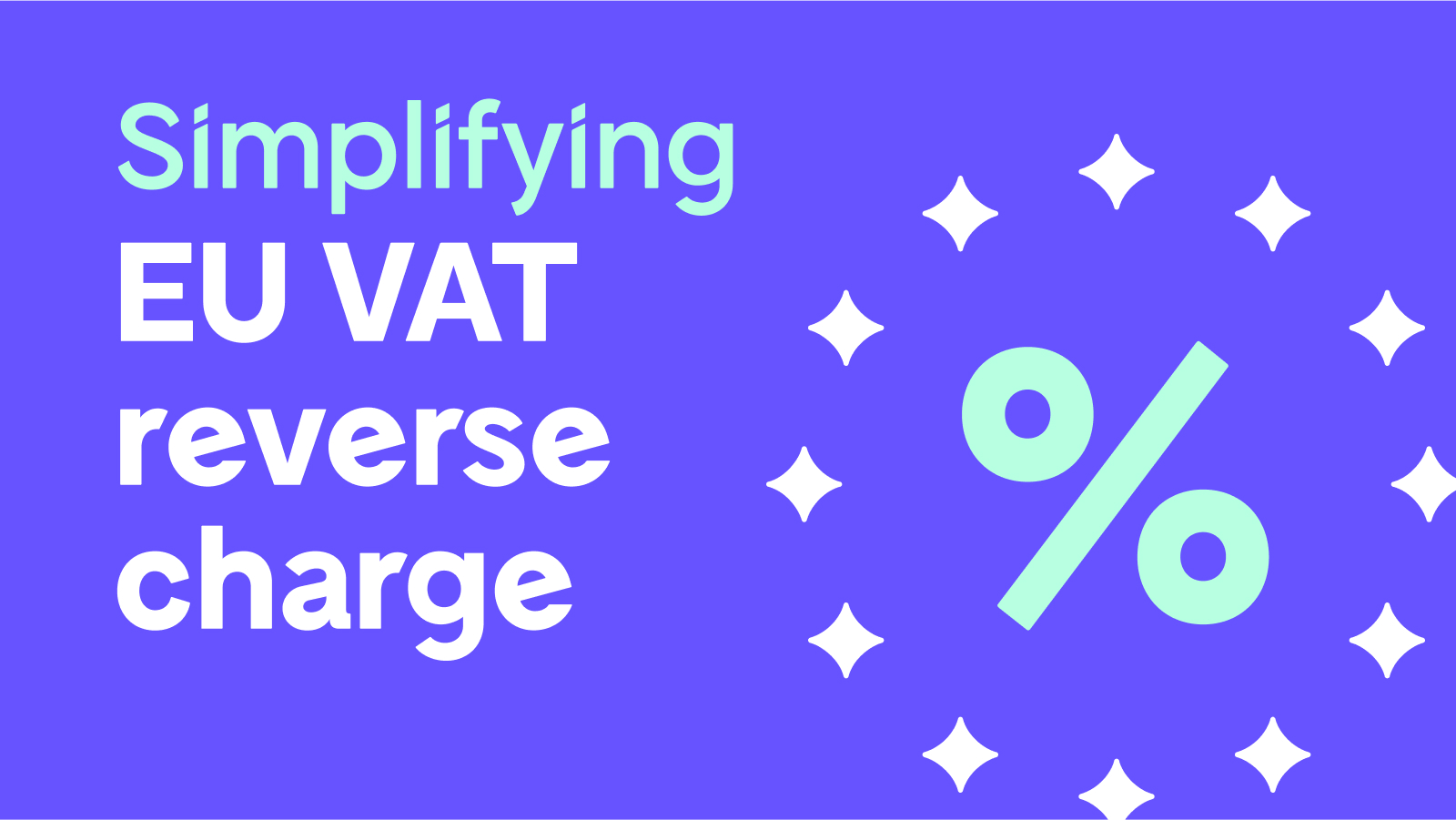|
|
Growing a software business is becoming increasingly challenging. While traditional channels like social media and SEO remain important, rising costs and crowded markets make it harder for independent makers and small teams to gain traction.
Among these challenges, one growth strategy stands out: strategic partnerships. With over 90% of tech industry leaders viewing partnerships as crucial for innovation, this approach offers independent software makers a path to growth without massive marketing budgets.
We’ve tapped into the insights from successful software creators, business owners, and tech professionals to show how co-marketing, product integrations, and distribution deals can help you reach new customers and build credibility — all while maintaining your independence and controlling costs.

Why Strategic Partnerships in Software Are Almost Non-Negotiable Today
Strategic partnerships have been on leaders’ minds for a while now — they expect these alliances to increase their revenue (up to as much as 20%), mostly through a network of partners and referral programs.
How partnerships can benefit your business:
- Cost-effective growth: Customer acquisition costs through traditional channels keep climbing — especially for B2B software startups. For devs without standout products but tight marketing budgets, trying to compete in paid ads or rank for highly competitive keywords is a losing game. Partnerships offer a more sustainable path to growth: depending on the industry, a well-structured partnership can contribute to up to 28% of your revenue.
- Market validation through association: For new software products, partnerships with established brands can accelerate market acceptance. While building a reputation from scratch can take years, strategic partnerships help bypass this initial credibility gap. When an established brand in your space promotes your tool or integrates with your API, their trust transfers to your product.
- Enhanced product value without heavy development: Integration partnerships can expand your product’s value proposition without extensive internal development. Instead of building every feature your users request, strategic integrations let you tap into existing solutions while focusing on your core strengths. Imagine a code formatting plugin partnering with a documentation generator. Each product maintains its focus while creating a more substantial overall offering for customers while sharing the development load.
- Shared resources and risk: Partnerships help companies with limited resources share market expansion risks and costs. Instead of burning through your cash runway trying to reach new markets alone, partnerships let you test opportunities with shared risk and investment. By pooling efforts, partnerships lower your marketing expenses through joint campaigns, improve value propositions through product or service bundling, and accelerate audience growth as they help both partners quickly reach their minimum viable customer base.
Strategic collaboration ensures that growth is not only faster but also more sustainable — making it an ideal choice for resource-conscious businesses.

Finding the Right Partners: Alignment is Key
When selecting strategic partners for your software business, not every opportunity that looks good on paper will translate to real-world success.
Based on our research and interviews with makers who have done this before, we’ve identified shared vision, complementary products, and alignment on measuring success as crucial aspects to finding suitable partners.
According to Lazar Krstic, founder of Detachless, a tool that lets you publish a website directly from Figma, partners need to “share a similar vision for the future of their products. That’s probably the first step. The second one is that products complement each other and can be used before or after the other.”
This foundation of shared vision is crucial because it influences everything from product integration to marketing messaging.
Alex Vasylenko, a tech entrepreneur and founder of The Frontend Company — a global business specializing in frontend development and design, agrees: “By laying the groundwork early and aligning your goals, you can avoid misunderstandings and set the stage for a truly fruitful collaboration.”
An important but often overlooked factor is ensuring both parties are equally invested in the partnership’s success and clear on what they can expect from each other.
“Partnerships should be avoided where only one of the parties would work on promoting the partnership and synchronizing users. The involvement of both parties in this process is very important,” says Lazar, emphasizing that all users should be aware of the benefits they can have if they use both products.
“Not every partnership has gone well for me. An attempt at partnering with a design firm on a product did not go as smoothly as it should have, with misaligned goals and timelines. The most valuable thing I learned from the process was the importance of clarity in communication and upfront expectations. It’s important to have open discussions about each partner’s expectations and how success will be measured,” explains Alex, adding:
“Mismatched expectations or priorities can lead to missed deadlines, frustration, or even burnout among team members. To prevent such scenarios, open communication is key. Setting up regular check-ins on a schedule where team members feel free to discuss progress, roadblocks, and feedback really helped us maintain open communication. Framing questions to encourage honesty, such as, “What’s one thing I can do differently to support you better? ” has opened the door to real dialogue for us.”
“It’s helpful to document shared goals and priorities so that everybody is clear on what success looks like and can recalibrate together in case anything isn’t working. This proactive approach reinforces trust and locks in alignment at all levels.” — Alex Vasylenko, founder of The Frontend Company
Mutual commitment can take various forms: joint marketing efforts, shared technical integration work, equal promotion to respective audiences, and more.
Below, we’ll talk about different ways you can leverage the power of a partnership at every stage of growth after finding the perfect business to collaborate with.

Low-Hanging Fruit Partnership Ideas for Different Business Stages
Strategic partnerships can accelerate your business growth at any stage. But, the most effective types of collaboration often depend on where you are in your journey.
Let’s explore partnership opportunities for your business, from pre-launch strategies that spark early momentum to sophisticated integrations that drive growth for established products.
1. Co-Marketing Partnerships
From co-marketing campaigns to joint promotional events, these collaborations can help you tap into established audiences and build credibility in your market. When partners feature each other in their email newsletters, host social media takeovers, or appear on one another’s podcasts, they create authentic touchpoints with new audiences.
These cross-promotional activities work best when they focus on delivering genuine value rather than just advertising products.
Marketing partnerships should create value for both audiences.
For example, co-authored whitepapers on shared industry challenges or combined data studies allow both partners to showcase their expertise while providing valuable insights to their audience. These shared efforts often lead to richer, more comprehensive resources that neither company could produce alone.
For instance, Textdrip’s partnership with Shopify demonstrates the power of creating well-targeted content:
“We launched webinars, joint email campaigns, and case studies highlighting how Shopify merchants could leverage SMS automation to drive sales. These efforts brought mutual exposure and positioned both platforms as complementary tools,” explains Phil Portman, CEO and founder of Textdrip, an SMS marketing automation software.
Other than creating written content, here are two common content marketing tactics to build this type of partnership:
Podcast Appearances
Industry podcasts are an effective content partnership strategy, especially for software makers.
Podcast appearances are highly effective because they can facilitate natural, in-depth conversations that showcase your expertise. Unlike more formal formats, podcasts can share your story and knowledge in a more relaxed, authentic setting. The key to successful podcast appearances lies in the approach. Rather than viewing them as direct marketing opportunities, treat them as relationship-building exercises.
For example, our CEO Vova Feldman appeared on the Peaceful Growth podcast, where he had a chance to talk about his company, share his thoughts on leadership, and offer tips on pricing WordPress plugins, reaching a new audience that might be interested in Freemius.
Joint Webinars
Webinars remain one of the most effective partnership formats, especially for technical products.
Laura Elizabeth, founder of Client Portal, a WordPress plugin that helps freelancers give their clients a place to track projects and access any files at all times, shares her experience:
“When I first launched my WordPress plugin, I had no initial traffic. However, I did have some valuable connections with people who served similar audiences — people I’d met at conferences and through social media, so I would coordinate joint venture webinars with these partners. The partner would send an email to their list promoting a free training workshop, typically focused on topics like client onboarding or handling difficult clients. During these workshops, I would naturally incorporate my client portal solution as part of the broader discussion. For example, I’d demonstrate how a client portal could improve onboarding or prevent common client management issues.
These webinars would end in one of two ways:
- If the partner was comfortable with affiliate promotions, we’d offer a limited-time discount on the plugin.
- If they preferred no direct selling, I’d direct attendees to my email course (which is still available on the Client Portal website as an ebook). The email course would later include its own special discount offer.”

In 2024, Freemius tested this content format as well — our team hosted a panel discussion where we invited industry experts to share their insights on what Shutterstock’s acquisition of Envato meant for authors.
This webinar proved to be a success: our CMO Goran Mirković shares that the webinar had 226 signups and around 100 attendees — an attendance rate of over 44%, which is higher than the average across industries.
Read more about the takeaways that the leading professionals from the WordPress space shared in the webinar.
Looking Beyond Content
Consider giving these marketing activities a try:
- Bundle deals and special offers: Bundle deals and special offers deliver clear value to customers while fostering growth for both partners. By creating combined product packages with exclusive pricing or discounts for partner customers, you can drive faster adoption and encourage users to explore both solutions.
These offers are particularly effective when the products naturally complement each other, solving customer challenges in tandem and enhancing the overall user experience.
At Poper, an AI tool for building non-intrusive, relevant website pop-ups, co-founder Karan Singh Bhakuni saw impressive results from a targeted partnership approach: “We partnered with GenAI Works to offer an exclusive discount to their subscribers. This collaboration gave us access to a targeted audience already interested in AI tools. The partnership increased our signups by 35% during the promotional period and established a strong brand presence in a niche market.”
- Event collaboration: Co-hosted online summits, joint workshop series, and shared conference presentations allow partners to demonstrate their combined expertise while creating meaningful connections with their audience. These events work best when they focus on solving specific industry challenges over pure product promotion.
- Speaking engagements: Take Laura’s story with Client Portal as an example. Before even having a finished product, she spoke at a conference about a portal solution she’d built for herself. The response was immediate and validating:
“Lots of people said they were interested in buying it if I turned it into a product,” she recalls. The conference organizer saw the opportunity and suggested a promotional partnership.
The result? “The first one I ever did made about $10k,” Laura shares. “I was hoping for about $3,000 — which is what I needed to build the product — so it definitely surpassed my expectations.”
Laura notes, “Almost every good thing that’s happened in my business, I can trace back to me going to a conference.”
Keep a CRM of people you meet — just a spreadsheet, nothing more fancy than that. Note when you met them and any details about them so you can follow up occasionally to see how they’re doing. — Laura Elizabeth, Client Portal
- Community building: Audience development through community initiatives creates lasting value for both partners. Shared user groups, combined online forums, and collaborative hackathons foster engagement and create spaces where customers can learn from each other. These community-focused efforts often lead to stronger customer relationships and valuable product feedback.
Top tip: Plan ahead (and carefully). Stanislav Khilobochenko from Clario, a spy removal app that protects your devices, online accounts, and location, sees this as a non-negotiable for successful campaigns: “What worked well for us was developing a joint marketing plan early in the partnership. This allowed us to hit the ground running and tap into both companies’ networks and strengths for co-branded campaigns.”
“Regular collaboration and ensuring both teams were equally invested in the partnership’s success helped keep everyone engaged and focused on driving things forward,” adds Khilobochenko.
However, as Cache Merrill of Zibtek, a software development consultancy, learned, success hinges on alignment. “Co-marketing a product with a partner whose messaging was completely different from ours [didn’t work]. Without aligned goals, the focus of the campaign was weakened.”
Cache explains how this misalignment affected the campaign: “What we were trying to do was increase awareness for the company’s tech-enabled solution, while our partner’s communication was more focused on the conventional methods. This caused a disconnect in the messaging that surfaced for our customers which diluted the impact of the campaign.”
This discrepancy in goals and vision also affected internal teams involved, as the marketing work was more complex: Cache’s team spent too much time “trying to conform and manage the campaign to both storytelling points, which in the end lost focus of the goals.”
Luckily, there was a lesson learned from this failed partnership: “This taught us that there is a lot more work that needs to be done to vet potential partners, not just for product, but vision, audience, and language. These are key elements to a successful partnership and are now part of the focus for every new collaboration we enter into.”
Before you start implementing the above ideas, remember: aiming too high can be discouraging if bigger companies don’t immediately show interest.
The Importance of Building Your Way Up
Kaumudi Tiwari from Zonka Feedback, a tool that lets you collect and manage customer and user feedback in an easy way, offers a practical approach for those getting started: “Pilot your partnership with a simple project, like a guest blog or a limited integration, to test compatibility before scaling. Clear, measurable goals are key to mutual success.”

Laura agrees that small steps can lead to big success — and help avoid disappointment and wasted resources.
“If you’re small, start small. My suggestion is not to approach people who are too big or established — they get a lot of partnership requests, and unless something really sparks their interest, they’re probably not going to go for it.”
Focus on providing value first, build genuine relationships, and let the sales follow naturally.
As Laura puts it, “I never go in for the hard sell. I prefer it when they approach me. I might suggest something, and a lot of the time, they’ll say, ‘Yeah, that sounds good; tell me more about it.'”
2. Product and Technical Partnerships
As your software business grows, technical partnerships become a key way to expand your product’s capabilities and reach. These partnerships are more than marketing collaborations, creating tangible value through integrated solutions that solve real user problems.
Finding the Right Technical Fit
When seeking technical partnerships, compatibility goes beyond just complementary features. Look for partners whose technical stack aligns with yours and whose product naturally fits your users’ workflow.
For example, as a landing page builder inside Figma, Lazar’s Detachless specifically seeks partnerships with sitemap and wireframe tools that integrate naturally into the website design workflow.

A successful technical fit also requires clear agreement on API stability, data sharing protocols, and user experience standards.
Kaumudi shares a concrete win from partnering with a complementary tool: “One successful partnership was with a SaaS tool called Partnerstack that perfectly matched ours.”
What worked well in this case? Zonka Feedback’s partner addressed a similar audience, but solved a complementary challenge.
“While Zonka Feedback specializes in gathering and analyzing customer feedback to enhance experiences, this partner tool focuses on customer engagement through personalized communication,” says Kaumudi, adding:
“Together, our solutions created a seamless user journey, from gathering insights to implementing actionable changes and fostering engagement. This allowed users to derive more value by integrating both tools into their workflows, making it a win-win for us and our customers. Our shared goals and audience made co-marketing initiatives, like webinars and email campaigns, incredibly effective. This directly contributed to the significant boost in email list growth and user retention we both experienced.”
In a plugin.fm podcast episode, Miriam Schwab shares her experience in establishing partnerships and strategic alliances, explaining how they can benefit entrepreneurs and their businesses:
Key Considerations for Technical Integrations
Technical partnerships often involve sharing infrastructure, which can significantly reduce development costs and time to market. For these integrations to be carried out as planned, it’s critical to establish clear communication channels between technical teams from the start.
Even the most promising integrations can fail without proper coordination and a shared understanding of technical requirements, limitations, and product value.
The Frontend Company’s Alex Vasylenko highlights both the opportunities and challenges of technical partnerships: “One of the best collaborations I have ever done is with a cloud hosting company. I was able to integrate their services into mine and give my clients seamless hosting solutions, while at the same time leveraging their already established infrastructure.”
On the flipside, as we mentioned, technical integrations do require careful planning and proper training — a lesson V. Frank Sondors of Salesforge.ai, an AI-driven outreach platform, learned firsthand.
“Early on, I partnered with a CRM company to integrate Salesforge. The idea was solid: their clients needed smarter email automation, and we could offer it. The mistake was assuming the value was obvious to their sales team. Adoption was slow because we didn’t train them properly to articulate the benefits.”
Also, the success of technical partnerships often hinges on seamless user experience. Stanislav Khilobochenko emphasizes this: “We combined their expertise with ours to offer customers a complete solution that addresses both privacy and security. This partnership helped us co-market our services and create a smooth, integrated user experience.”
3. Innovation Partnerships: Accelerating Growth Through Collaboration
When software businesses reach their growth stage, innovation partnerships can unlock new possibilities through shared resources, collaborative development, and combined expertise.
These partnerships go beyond superficial benefits: the key is to find partnerships that create genuine value for customers, which often results in transformative solutions that neither company could achieve alone.
Building Integrated Solutions for a Better User Experience
Innovation partnerships can significantly enhance core product offerings by combining complementary capabilities and allowing you to create a smooth, integrated user experience.
Jose Gallegos, Growth Marketer at Jose Angelo Studios, a marketing agency, shares insights from past SaaS partnerships:
“Initial alignment between technical teams regarding matching our respective product features into a common architecture proved challenging. It took many discussions and coordinated brainstorming to finally generate a complete integration that presented value in terms of functionalities for users on both of our systems.”
This approach to co-innovation often leads to breakthrough solutions. Docsity, an edtech platform for international students, offers a great example. Founder Riccardo Ocleppo shares their success story:
“One notable partnership was with an e-learning service provider, which allowed us exclusive integration of their service into our platform. This mutually beneficial relationship helped to diversify our product offerings, bringing more value to our users, and drove substantial growth.”

Testing and Validation While Keeping Customers in Mind
Thorough testing and validation help ensure that innovative solutions actually meet customer needs. Rather than rushing to market with a collaborative offering, successful partnerships take the time to verify their value proposition.
Gallegos advises, “Start with a pilot to test the viability of the partnership before committing all resources.”
As businesses face new challenges and opportunities, strategic partnerships will play an increasingly crucial role in driving innovation:
“Find partners whose strengths complement your weaknesses. This not only reduces risk but also enhances the market offering.” — Jose Gallegos, Jose Angelo Studios
Getting Started with Strategic Partnerships
After exploring various partnership types and strategies, the path forward might seem overwhelming. As many of our interviewed experts emphasize, the key is to start small and build relationships authentically.
Begin by identifying potential partners whose products complement yours in the user journey. Focus on building genuine relationships through community involvement, and always prioritize value for your users first.
Remember, as Textdrip’s Phil Portman said: “Strategic partnerships are about alliance, not just scaling. When done right, they can unlock growth opportunities that neither business could achieve alone.”
Have questions about implementing these strategies in your business? Join the conversation on our social media channels and reach out to our community of software makers who are always willing to share their experiences and advice.








